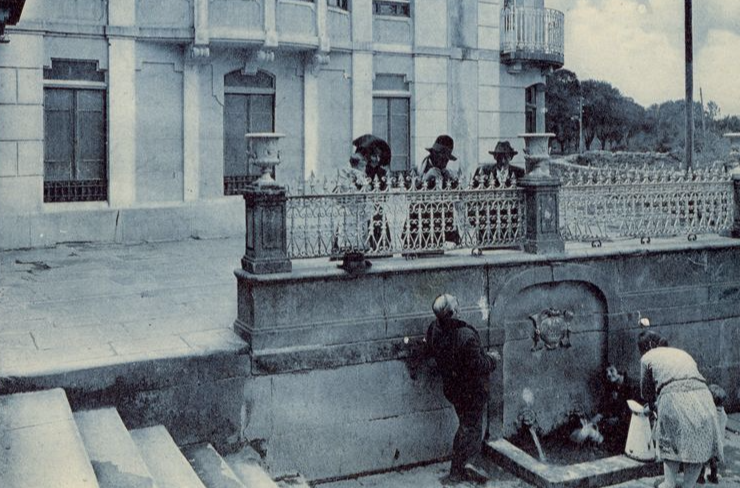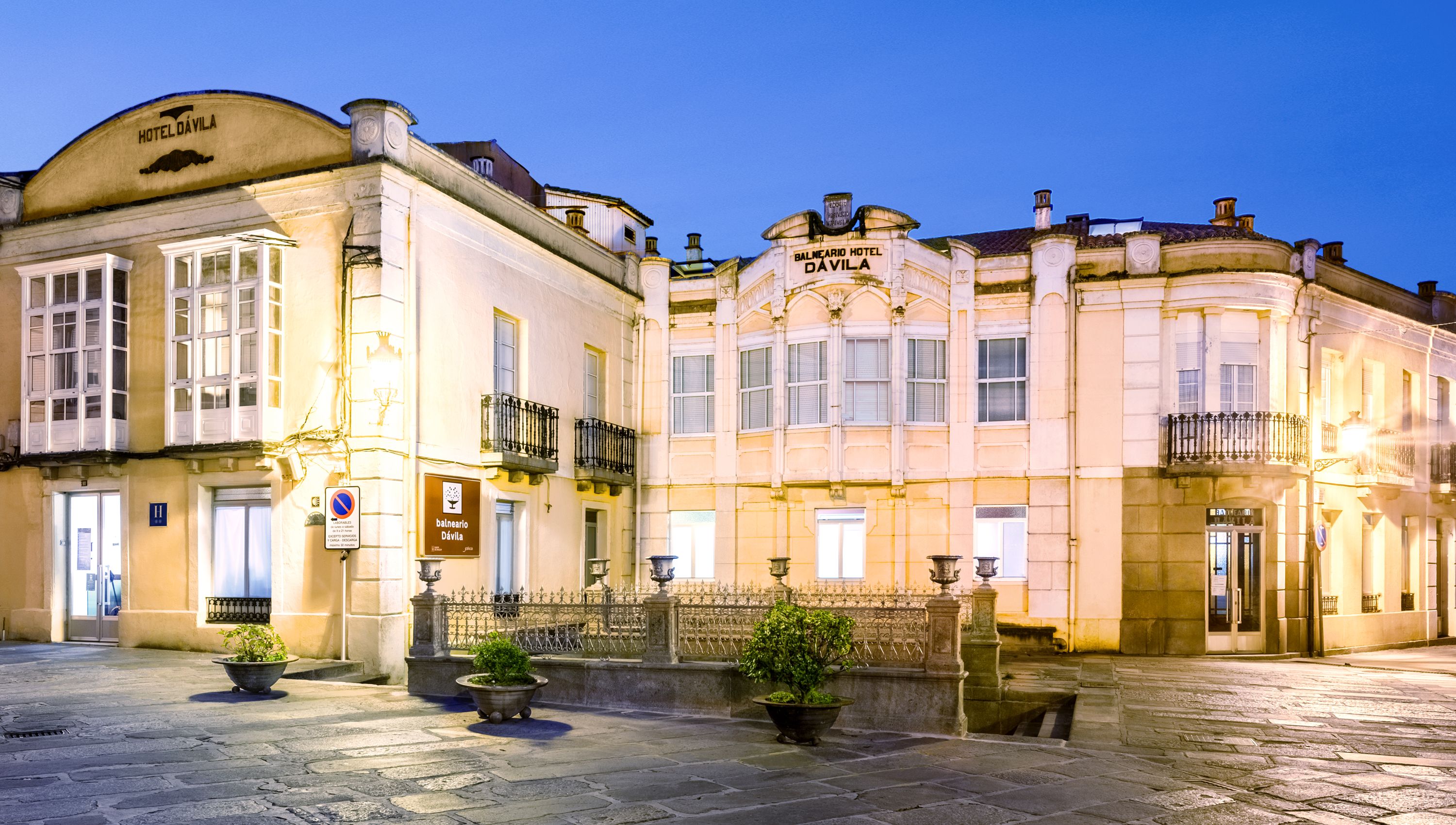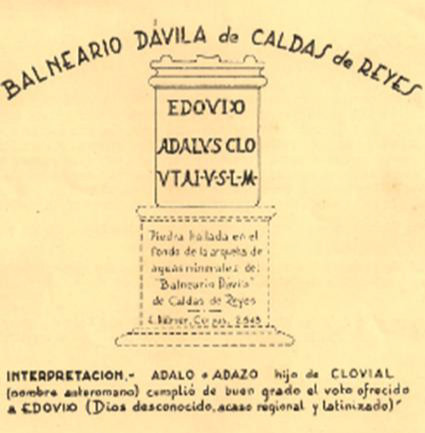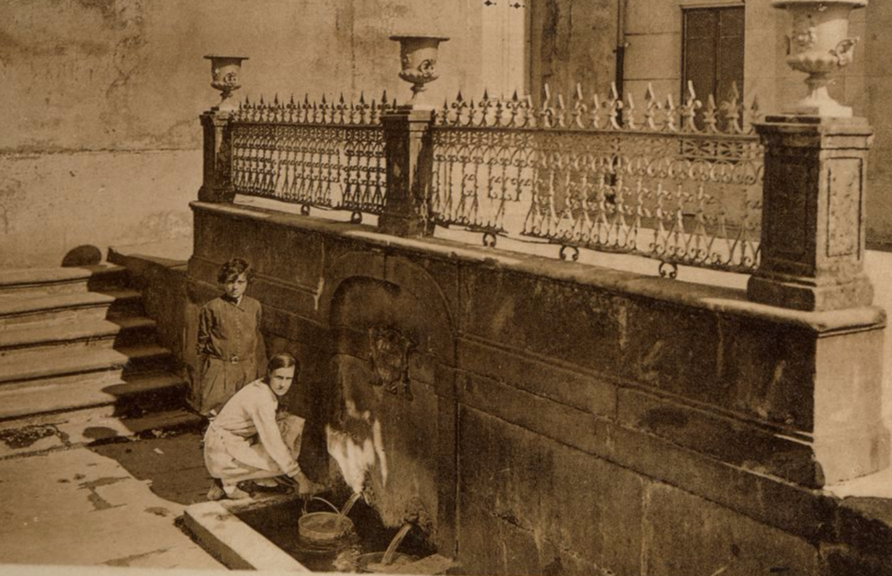
Mr Joaquín Davila Y Mariño, born in Puebla del Caramiñal, public notary in the town and jurisdiction of Caldas de Reis, built the Dávila bathhouse in 1.780.
Honoring his first surname, and without knowing the reason for the transcription Davila to Dávila, he named this business Dávila Bathhouse. The bathhouse had three pools: One of them had a capacity for 12 people and the water was at 38º, these were the so called “spicy baths”. A smaller one with room for 6 people, where the water was at 32º. The third one, also for 6 people had water at 28º (mild bath).




